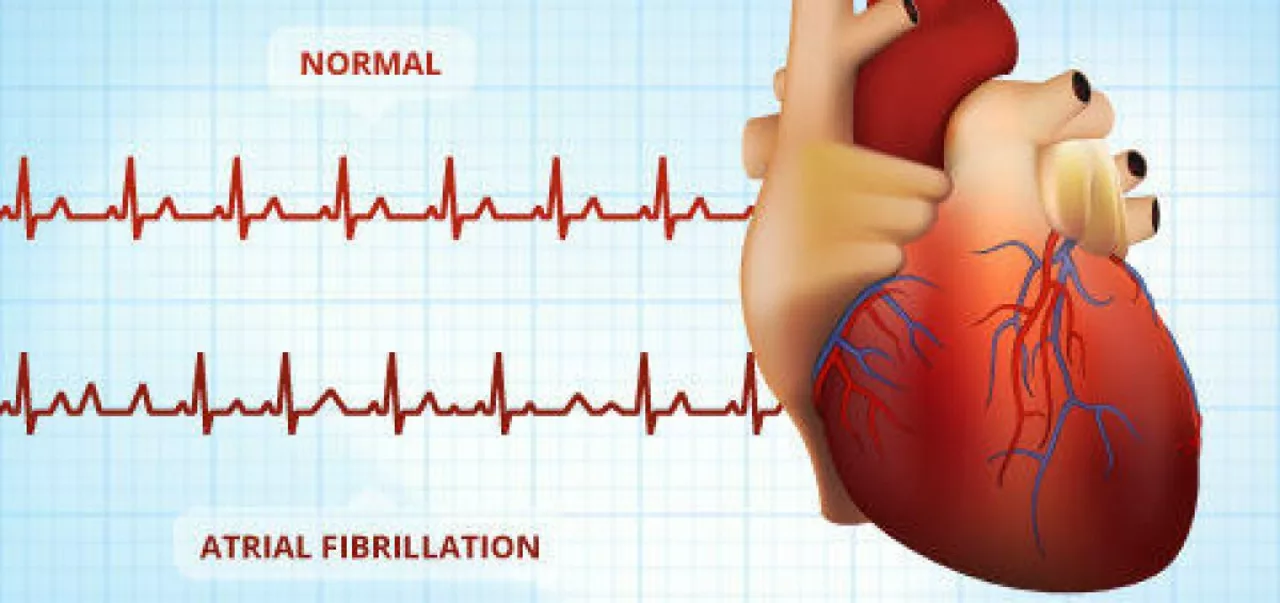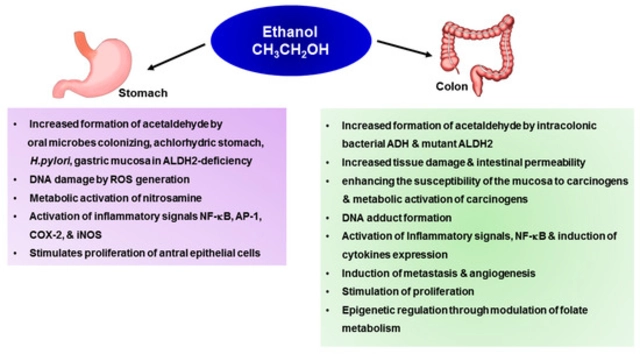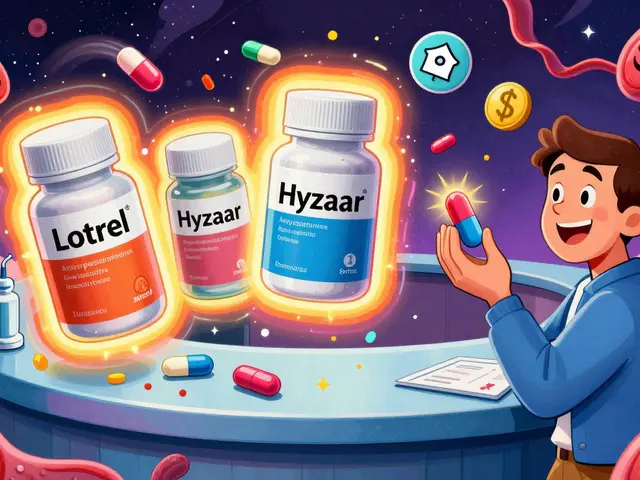Atrial Fibrillation – What It Is, How It Feels, and How to Treat It
If your doctor ever mentioned "AFib," you probably wondered what that means for your daily life. In plain terms, atrial fibrillation (AF) is an irregular heartbeat where the upper chambers of the heart quiver instead of beating smoothly. Those quick, chaotic signals can make the heart pump less efficiently and raise the chance of blood clots.
Most people don’t notice AF right away because the episodes can be brief or feel like a fluttering sensation in the chest. Still, it’s worth paying attention—AF is linked to higher stroke risk and can worsen other heart problems if left unchecked.
Common Signs You Shouldn't Ignore
Typical AF symptoms include a racing or pounding heartbeat, shortness of breath, fatigue, dizziness, and occasional chest pain. Some folks describe it as a "flutter" in the throat or an odd awareness that their heart is skipping beats.
If you experience any of these signs for more than a few minutes, especially if they come on suddenly, get checked out. A simple ECG at your doctor’s office can confirm whether the rhythm is irregular.
Treatment Paths and Lifestyle Tips
Doctors usually start with three goals: slow the heart rate, restore a regular rhythm when possible, and prevent clots that could cause a stroke. Common medicines include beta‑blockers, calcium channel blockers, and anti‑arrhythmic pills like amiodarone. For clot prevention, blood thinners such as apixaban or warfarin are often prescribed.
Beyond meds, lifestyle tweaks make a real difference. Reducing caffeine, alcohol, and smoking can calm the heart’s electrical activity. Regular moderate exercise—think brisk walks or swimming—helps control weight and blood pressure, two big AF triggers.
If drugs don’t keep the rhythm steady, procedures like electrical cardioversion (a controlled shock) or catheter ablation (destroying tiny tissue spots causing chaos) may be options. Talk with your cardiologist about risks, success rates, and recovery time for each method.
Managing AF isn’t just about pills; it’s also about staying informed. Keep a log of any palpitations, note what you ate or drank beforehand, and bring that information to appointments. Knowing patterns helps doctors fine‑tune treatment.
OnMen Pharma Guide offers detailed articles on many of the medications mentioned here—like how to buy apixaban safely online or what to watch for with amiodarone side effects. Browse our site for drug guides, safety tips, and price comparisons that can save you time and money while you manage AF.
Bottom line: atrial fibrillation is manageable when you catch it early, follow a treatment plan, and adopt heart‑healthy habits. Stay proactive, ask questions, and use reliable resources—like our pharmacy guides—to stay on top of your health.
The Role of Apixaban in Reducing Stroke Risk in Patients with Atrial Fibrillation
In my latest research, I've come across the significant role Apixaban plays in reducing stroke risk for patients with atrial fibrillation. Atrial fibrillation, a common heart rhythm disorder, can lead to the formation of blood clots and increase the risk of stroke. Apixaban is an anticoagulant medication that helps prevent these blood clots from forming. Numerous studies have shown that it is not only effective, but also a safer alternative to traditional blood thinners like warfarin. It's amazing to see how advancements in medicine, like Apixaban, continue to improve the lives of those living with heart-related conditions.






